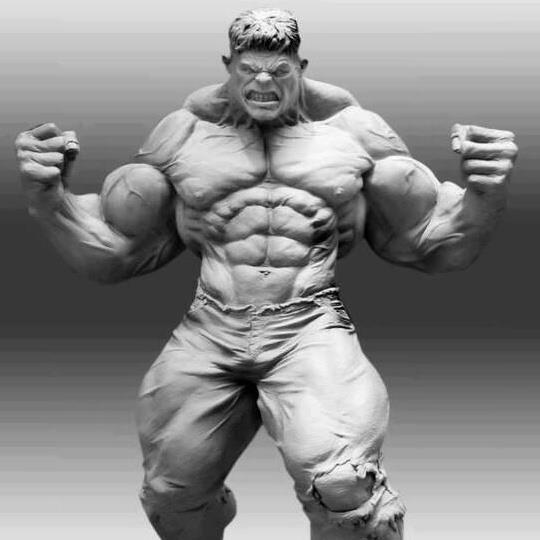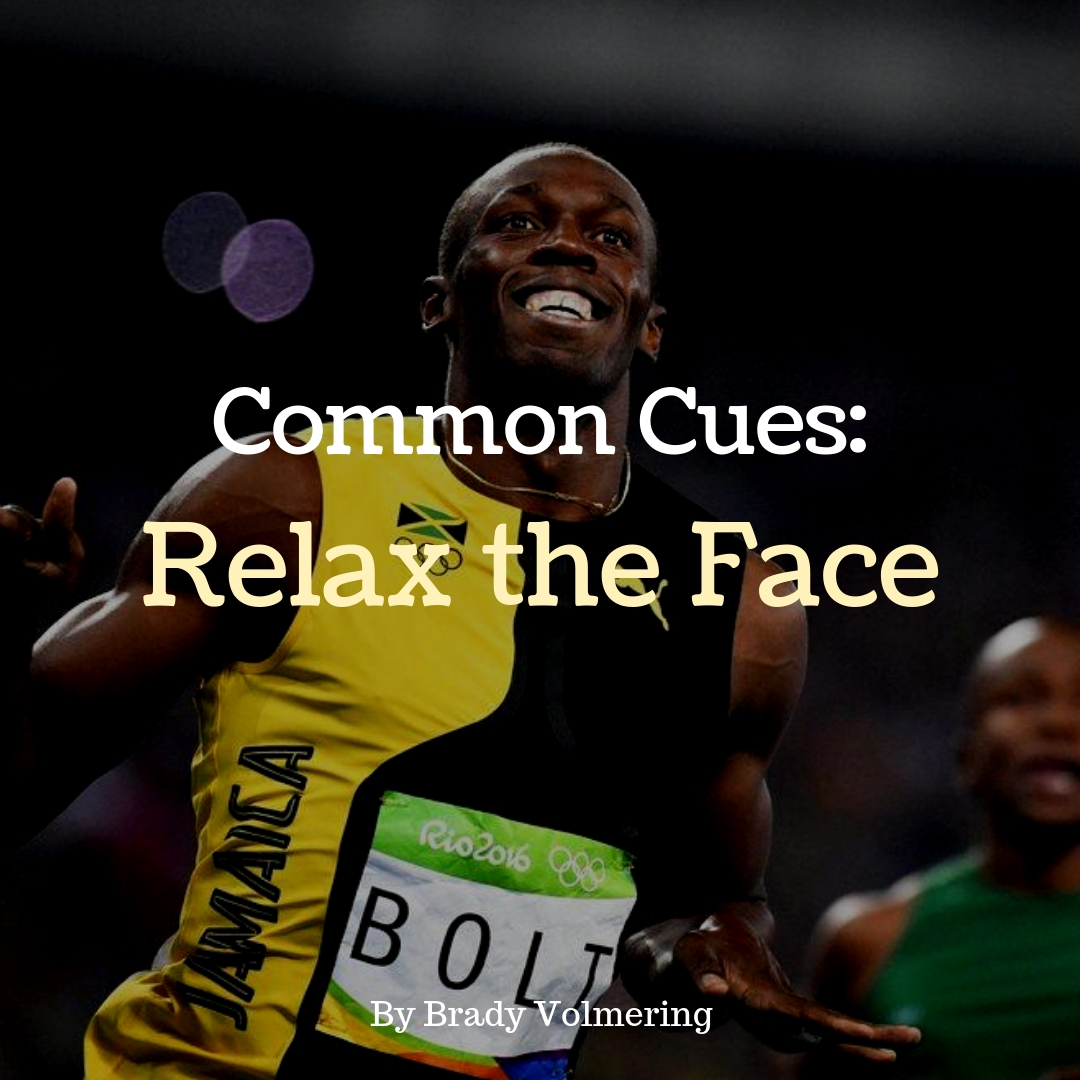There will be several articles included in this “Common Cues” series. Below are some important notes to consider before we get into the actual article (these will be included at the beginning of each article in the series):
- Cues are not the same as reality. Cues create reality. Therefore, some of the cues will not match reality, or in other words, what actually happens. Their purpose is to create the reality, not be it.
- Every cue is not meant for everybody. There will be a list of examples in each article, detailing athletes that both demonstrate characteristics of the cue, and athletes that don’t. It’s tough to say exactly which athletes the cue will or won’t work for. Let your intuition be the measuring stick. If the cue makes sense to you, try it out. If not, move on.
- Over time there will be a growing list of “Common Cues” articles. To search for these, simply click the 3 little bars you see at the top of the site and enter “Common Cues” into the search bar to get the full list.
- Let’s get started.
How many people do you know that share this facial expression during all athletic activities, no matter what that athletic activity may be?

Squatting 500 lbs? Wear the face. Benching 315? Wear the face. Sprinting 60 yards? Wear the face. Sleeping at night? Wear the face.
Those athletes are who this article is for. I myself used to be one of those athletes. I didn’t miss a single planned lift from high school through college, as a result of this never-changing expression. Unfortunately, I don’t remember the last time I saw someone move fast or athletically with this facial expression either. In fact, I most often see this expression worn by those who STRUGGLE to move athletically. But never fear. It is in fact possible to be both a gym rat with a mean expression, and a cheetah displaying effortless movement. How?
Muscle Tension
Movement is, in part, a product of muscle tension. Try this: straighten out your arm and grab your bicep. Now bend your elbow as if you’re doing a curl. What happens to the bicep? It tenses (obviously). Let’s say you’re doing a box squat. What’s going to get you up off the box? Contraction of the glutes, hamstrings, and quadriceps. Without muscle tension, we would all be a pile of skin and bone that couldn’t stand up straight. A baseline of muscle tension is needed… but is more always better?
For the answer to that, take a look (and listen) to this video of Nolan Ryan:
Besides the fact that grunting sounds cool, what else is it doing for Nolan? It’s allowing him to create muscle tension when he needs it. Try it out for yourself. Let out a grunt (hopefully you’re not in public. Or hopefully you are. We’re weird out here). Feel your abdominals contract. Feel the full body tension that it seems to create, and the extra oomph it gives you.
Now, rewatch the video and imagine Nolan had grunted throughout the entire throw. Or imagine he had grunted at hand break. Or as soon as he started his motion. Would it have produced the same effect?
Our ability to 1) create muscle tension and 2) control and time that muscle tension, will be vital to our performance as athletes. Our work in the weight room will often be for naught if we don’t learn to master our muscle tension.
Why the Face?
The face is how humans display their emotions: what they are feeling and experiencing. And this facial expression will have an impact on the rest of the body. A face that’s in pain will not look the same as a face that’s happy. The face of a world class athlete sprinting 100 meters will not look the same as the face of a weekend warrior trying to accomplish the same task.
Therefore, cuing an athlete to “relax the face” can help them to understand and better execute control over their muscle tension.
See the difference between a squatter moving 1000 lbs and a sprinter sprinting, a hitter hitting, or a thrower throwing, is the fact that you CAN’T create high speed movement through conscious muscle contraction. Momentum, inertia, tendons, ligaments, fascia, and many other factors enter the equation in high-speed athletic movement. And that’s not to say that those factors aren’t present during a 1000 lb squat, because they are, but they are minuscule when compared with the impact a strong muscular contraction can have. However in a higher-speed movement, you have very little time to apply force which means that your ability to produce force through muscle contraction becomes less and less important. And it becomes even more important for you to understand how to rhythmically control your tension, while utilizing all the other previously mentioned factors that come into play.
I’ll refrain from going into too much depth on those factors, firstly because I myself am not yet sure about how it all connects (no one really is), and secondly because that isn’t the purpose of this article.
Examples
Here are a couple examples of athletes in various fields displaying the “relax the face” cue.
Note how Thorkildsen goes through a similar process we saw with Nolan. His face is relatively relaxed as he works into footplant and begins acceleration of the javelin, but right at release, and maybe even a little bit after, we can see him actively “contract”, before his facial expression goes back to relaxed a few frames after release.
While it’s tough to see Davis’ face throughout his actual swing here, we catch glimpses of it both before and after, and he’s wearing the same expression: Cold and calm.
So while controlling facial tension is important for controlling overall muscle tension, it may also be important for controlling your overall state of being (which has an impact on muscle tension). In other words, controlling any anxiety or nerves that may arise during competition.
One study of particular interest on this topic looked at wether self-induced facial expressions had any effect on overall mood. And while they looked at positive/negative moods, we can hypothesize that the effect would be true for anxiety/calmness as well:
“Participants experienced increased positive moods when they engaged in positive facial expressions and decreased positive moods when they engaged in negative facial expressions” (Kleinke, Peterson, Rutledge, 1998).
Our bodily systems are run by emotion, and the face is how we display that emotion. Change the face, change the emotion. Control the emotion, control your tension.
Try it for yourself. What happens when you relax your face? What happens when you tense your face? Which would you want to have during an at-bat, or during a pitch? And at what time would you want each expression DURING those activities, if at all?
Timing
So we know that controlling tension is vital to athletic performance and that controlling our facial expression can be a key to controlling that tension. When, then, do we want tension and when do we want relaxation?
It really depends upon the movement, but in general, you want muscle tension at the moment of maximal output and muscle relaxation to get you into the positions that allow for that maximal output to happen.
For a sprinter that means creating tension upon foot contact and relative relaxation during the cycling phase. There is a moment of impact, of tension, when the foot hits that propels the athlete forward down the track. Without that tension, the foot would be floppy and speed would be lost.
For a thrower that means creating a “relaxed tension” that allows you to get into good positions, while providing the stiffness you need to accelerate out of those extreme positions.
Finally, for a hitter, that means relaxing into position, and holding that position, until the ball tells you otherwise.
In Closing…
While many of our previous cues were directed at mechanical targets, this one is useful in understanding the ebb and flow of tension and how we can use facial tension to better control it. It can be used in various ways across different movements, but the premise remains: high level athletes get into high level positions, and this simple cue can better help you move into, and through, those positions.
Hope y’all enjoyed the article! If you have questions on how this, or other cues, may relate to your own performance, I can be reached via email at brady@dacbaseball.com. Shoot me an email and I’ll get back with you as soon as possible!
Stay Hungry.
Brady
Works Cited
Kleinke, C.L. & Peterson, T.R. & Rutledge, Thomas. (1998). Effects of Self-Generated Facial Expressions on Mood. Journal of Personality and Social Psychology. 74. 272-279. 10.1037//0022-3514.74.1.272.
